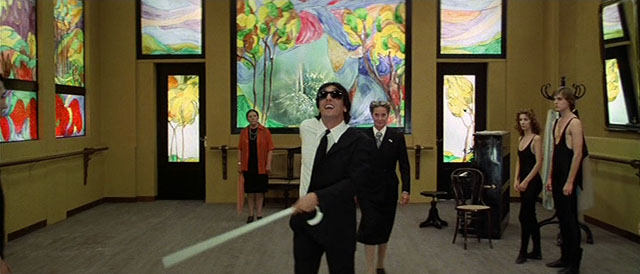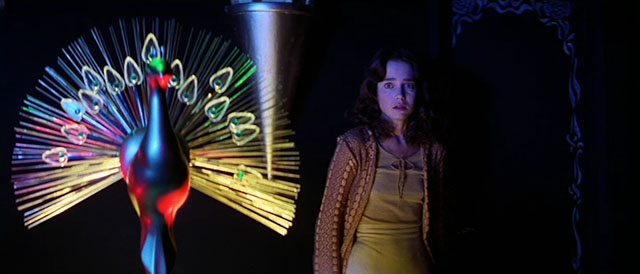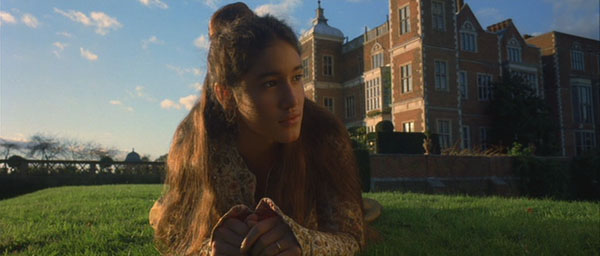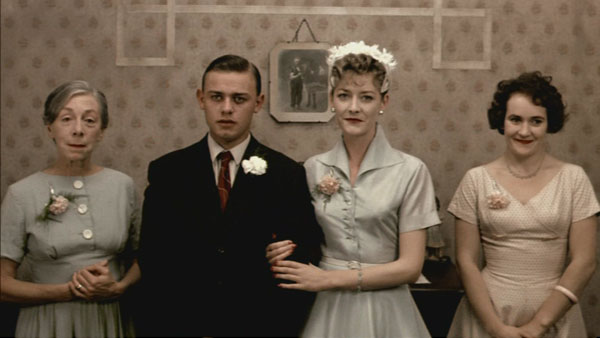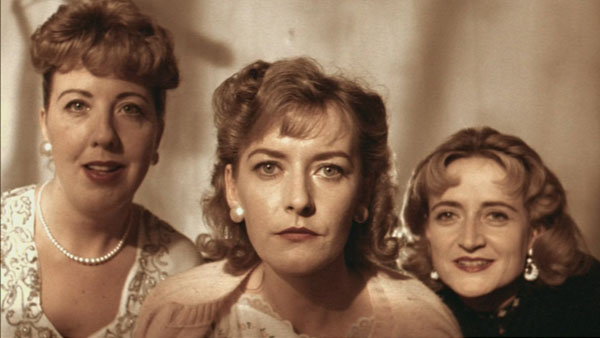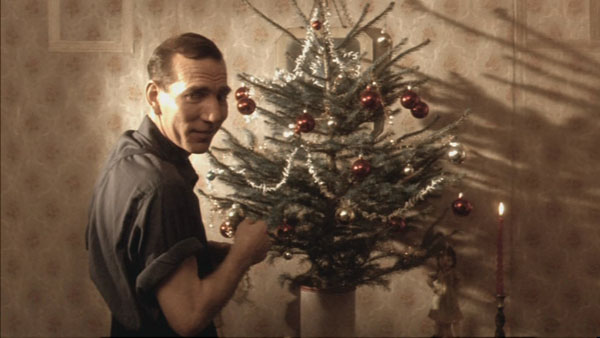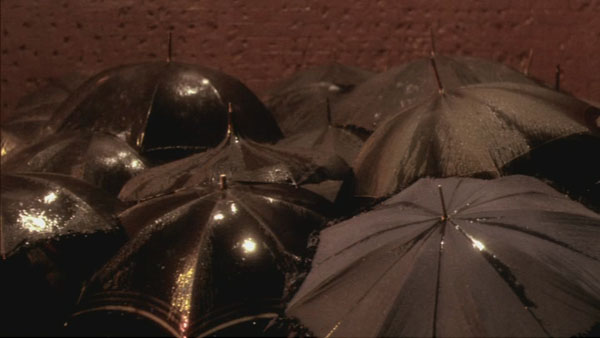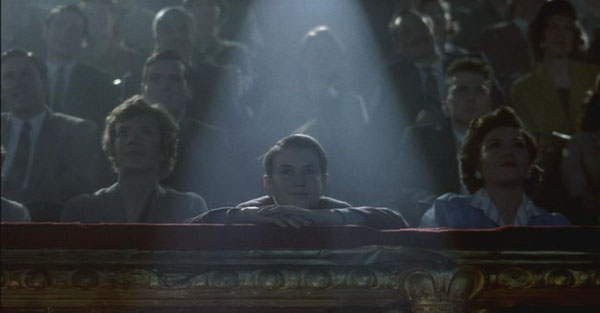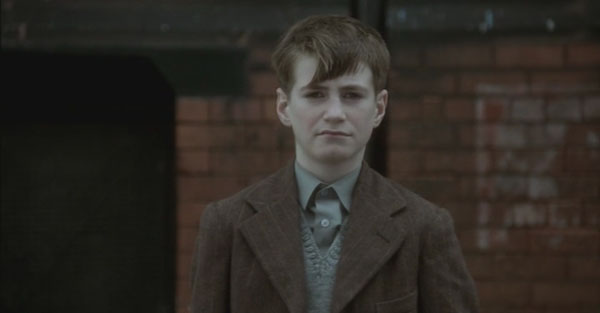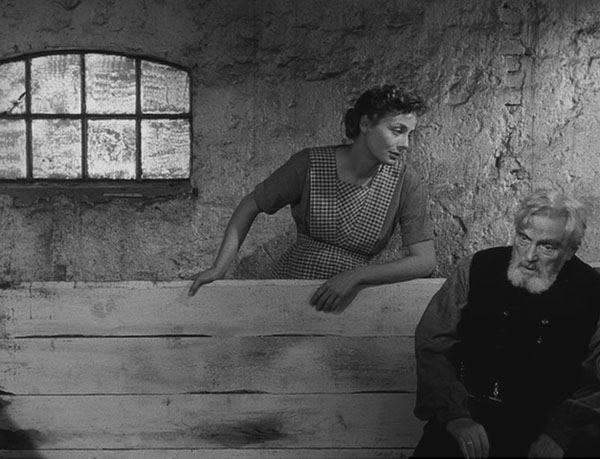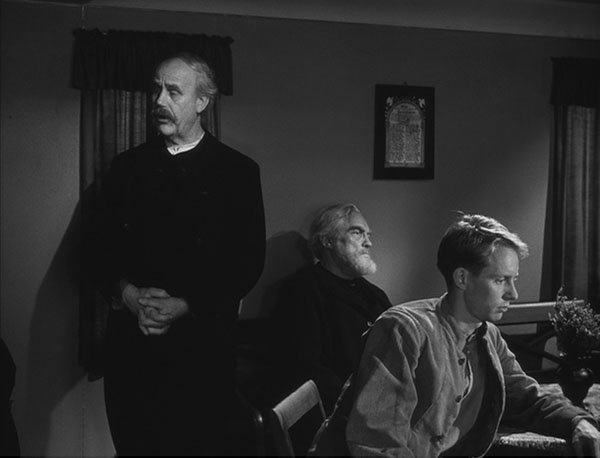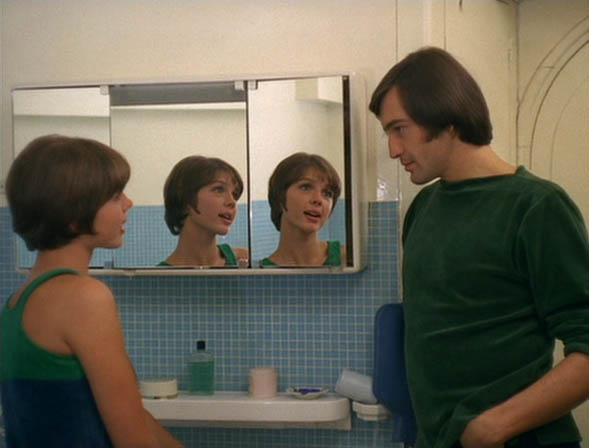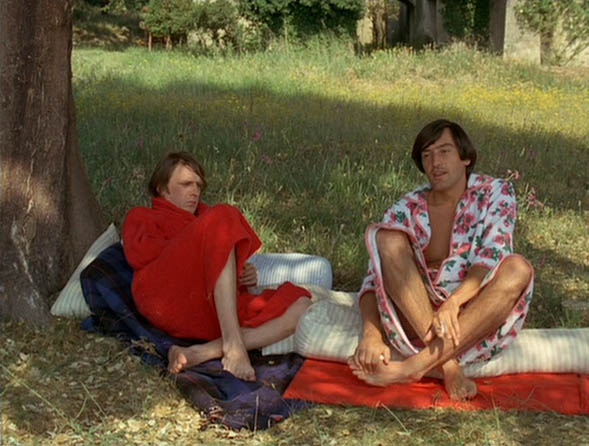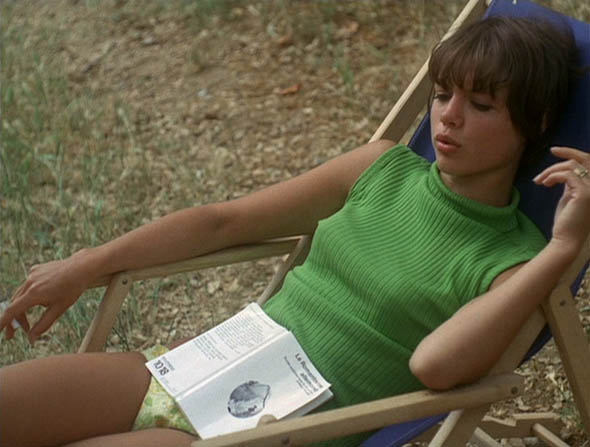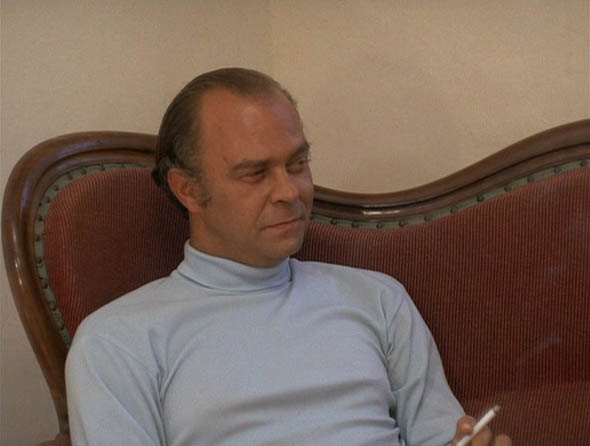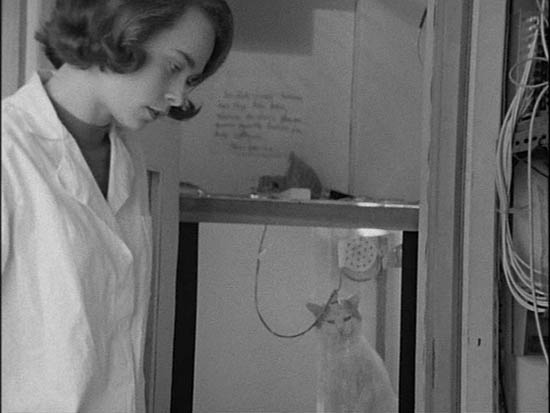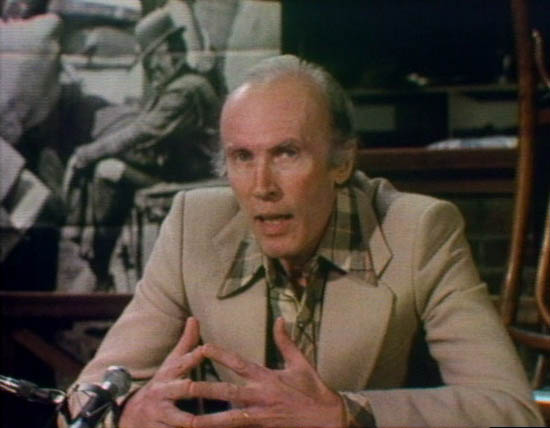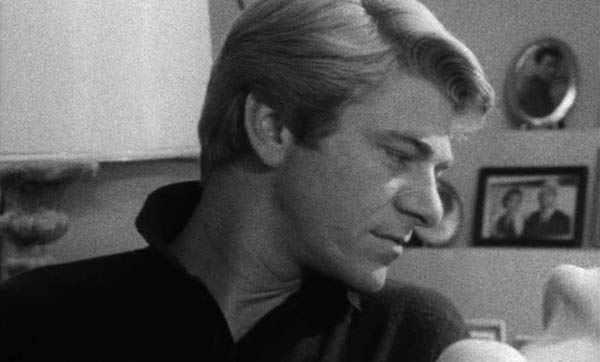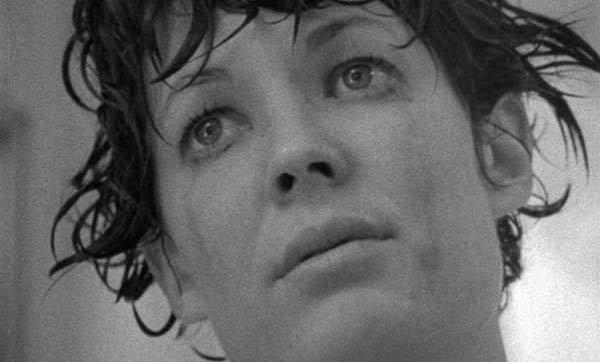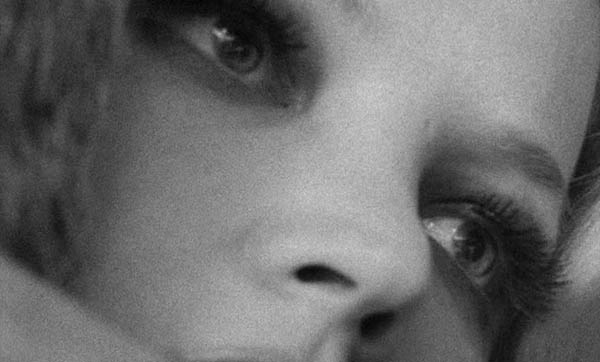Redux is playing in theaters, so I watched the original first to get all the plot and characters straight. I know that Plot And Characters Do Not Make The Movie, but even with crazy movies like this and Out 1, I like being able to keep all that stuff straight before I can lose myself in the atmosphere of the film. Also, although there are about eight mega-superstar actors in this, I only recognize half of them. My Hong Kong/Chinese moviewatching has fallen sadly behind. A study guide follows.
Leslie Cheung is in all the framing-device scenes, probably the single star of the movie. Easily recognized throughout by the mustache. Moved out to the desert to forget his true love, Maggie Cheung, who got tired of waiting for him and married his brother. Sort of a swordsman matchmaker – hooks up would-be killers with people who need somebody killed. One day will be called Malicious West.

Seen him in: Farewell My Concubine, The Chinese Feast
Still need to see: A Chinese Ghost Story, A Better Tomorrow
Tony Leung Ka Fai, or “Tony 2” – old friend of Leslie’s, comes around once a year. This time he brings a wine of forgetfulness for Leslie to drink, but ends up drinking it himself. Visited Maggie Cheung once a year, gave her an update on Leslie. A ladies man, I think he’s in love with Carina Lau. Will later be known as Evil East.
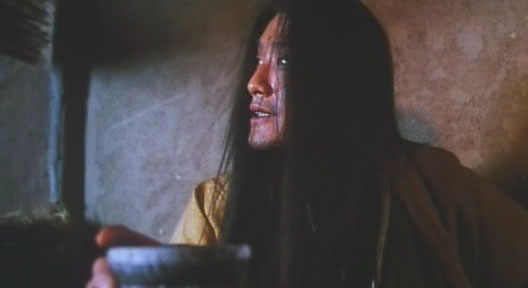
Seen him in: Dumplings
Still need to see: Election, The Lover
Maggie Cheung – object of affection of the above men. She gives the wine to Tony 2 to be given to her ex, Leslie, in hopes that Leslie will forget her. Dies of an illness before most of the movie takes place, but we don’t find that out till the end.

Seen her in: Irma Vep, In The Mood For Love
Still need to see: Comrades, Centre Stage
Brigitte Lin – crazy woman who comes around as a “man” trying to hire a killer for Tony 2, then comes back as herself trying to hire a killer for her “brother”. She fights and almost kills ex-flame Tony 2 herself at one point, maybe when she first met him, then later becomes obsessed with him. Finally goes off into the desert practicing sword skills on her reflection.

Seen her in: Chungking Express, Royal Tramp 2
Still need to see: Bride With White Hair, Swordsman 2, Police Story
Tony Leung Chiu Wai (“Tony 1”) – former best friend of Tony 2, is quickly going blind. Needs one last high-paying job so he can afford to go home and see “the peach blossoms” (see below) before his vision fades completely. Hires on to protect a nearby town from bandits, but the bandits take too long to show up, he loses more of his sight, and he dies in the battle when clouds darken the sky. Perfect role for Tony 1, the saddest of all actors.
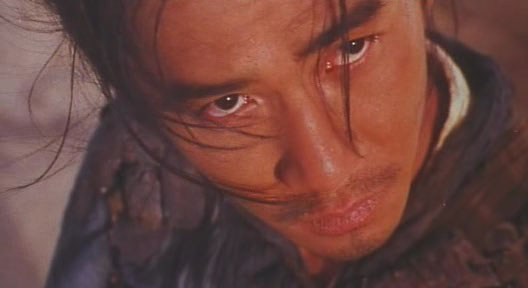
Seen him in: 2046, Infernal Affairs
Still need to see: Cyclo, City of Sadness
Carina Lau – beloved of Tony 1, named Peach Blossom. Mostly crouches in flashback looking awesome… has hardly any lines. She fell in love with Tony 2 years ago, which is why Tony 1 is alone and sad.
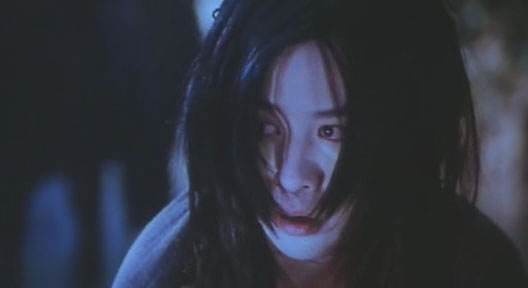
Seen her in: 2046 (she’s Lulu/Mimi), Flowers of Shanghai
Still need to see: Curiosity Killed The Cat, Intimates
Charlie Yeung – poor girl who wants to hire a swordsman to avenge her brother’s death at the hands of the militia with some eggs and a mule. Leslie and Tony 1 turn her down, and Tony breaks her eggs.
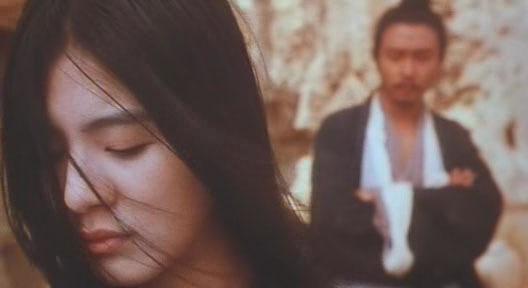
Seen her in: Seven Swords, Fallen Angels
Still need to see: Butterfly Lovers
Jacky Cheung – dirty, barefoot, badass swordsman. Leslie hooks him up, gives business and strategy advice. Jacky is well paid for defeating the bandits, and also takes on the militia in exchange for Charlie’s egg (but almost dies). Rides off with his wife (not Charlie) in the end. One day to be known as the Northern Beggar, will fight a doubly-fatal duel with Leslie years later.

Seen him in: Once Upon a Time in China, As Tears Go By
Still need to see: Bullet in the Head
Movie is an imagined prequel to popular novel “Eagle Shooting Heroes.” All the cast members also appear in film The Eagle Shooting Heroes, a parody dir. by Jeffrey Lau, with supposed participation by Wong and Sammo Hung. Will have to see to believe. Edit: Found it, watched in between Ashes and Redux, reviewed here, still not sure if I quite believe it! Other filmed versions of Eagle Shooting Heroes all seem to be TV series, although Royal Tramp and the Swordsman series are based on other books by the same author.
Screenshots above are from a scrappy foreign DVD (still not half as scrappy as the American disc looked), then a week later I ran out and watched Ashes Redux on lovely new 35mm (minus the topmost and leftmost 5% of the picture – thanks, Landmark). I am not considering these two separate movies, of course. Don’t know why the IMDB has a new page for Redux – they don’t have five different pages for The New World. Besides being able to see what’s going on and properly appreciate the glorious cinematography, Redux straightens out the plot threads at the start and end, the bits about the memory wine, Tony 2, Leslie and Maggie. It also cuts out a whole fight scene, the one that the original drops the viewer into at the beginning without explaining a damned thing. I miss that fight scene – it was awesome, and one of my favorite shots of the video was in it: a black-eyed, wild-haired Tony 2 giving a monstrous, slow-mo, silent scream.
I did understand everything better while watching Redux – but is that because Wong re-edited, or because I’d spent the week before studying the movie? I don’t think of myself as the type who champions straightforward stories over complex mood pieces, but Redux does probably work better. Movie leads up to this grand emotional moment of Maggie crying over her lost Leslie, talking about her failure to spend the best years of her life next to the person she loves most, and if you didn’t couldn’t make sense of the wild first ten minutes of the film, that’s not going to hit very hard. I’m apparently only good at summarizing plot and character, which, as I said three pages ago, isn’t what makes the movie. The desert, the mountains, the spinning birdcage, the haze, eclipses, sudden swordfights, and endless stories of lost love all add up to a pure and excellent film. I’m not saying it’s my favorite – most of Wong’s films are excellent – but it’s up there.
Writes T. Brogan on the film vs. novel:
The original plot actually dealt with two characters nicknamed “Evil East” and “Wicked West”, aged, respected and feared demi-gods in the pugilistic world. Arch rivals, their tussle for power was the backdrop against which Cha’s main protagonists (a pair of lovers from the entire trilogy series) were tested in terms of their wits, loyalty and love for one another. In Wong’s film, however, the hands of time have been turned back, and the focus is primarily on the two men, now portrayed in their prime, and seeks to “explain” the beginnings of their bitter feud in a progressive manner.
Wong:
Basically the film is about emotions. It’s a love story about Dongxie [Tony 2], Xidu [Leslie] and a woman, spanning half a life time. Certain emotions are eternal. When I got to the film’s ending I finally realized what Ashes of Time is about, and its relationship with my previous films. They are all about refusal and the fear of refusal. Everyone in Days of Being Wild has been refused. They become afraid of being refused, so they refuse other people before other people have a chance to refuse them. It’s the same in Chungking Express. But I think I have changed, so the film has an open ending. Tony Leung and Faye Wong don’t really know where they stand with each other, but they know they can accept each other. Ashes is most deadly. It sums up the three previous films. How do you go on with your life after you’ve been refused, and you’re afraid of being refused to begin with? So [Brigitte] Lin Chin Hsia becomes schizophrenic, Tony [1] resorts to the most destructive method to solve his problems; Leslie Cheung hides in the desert; Tony [2] drinks himself to amnesia. The only exception is Hong Qi [Jacky]. He doesn’t think being refused is a big deal. He just goes ahead to do what he thinks is the right thing.




